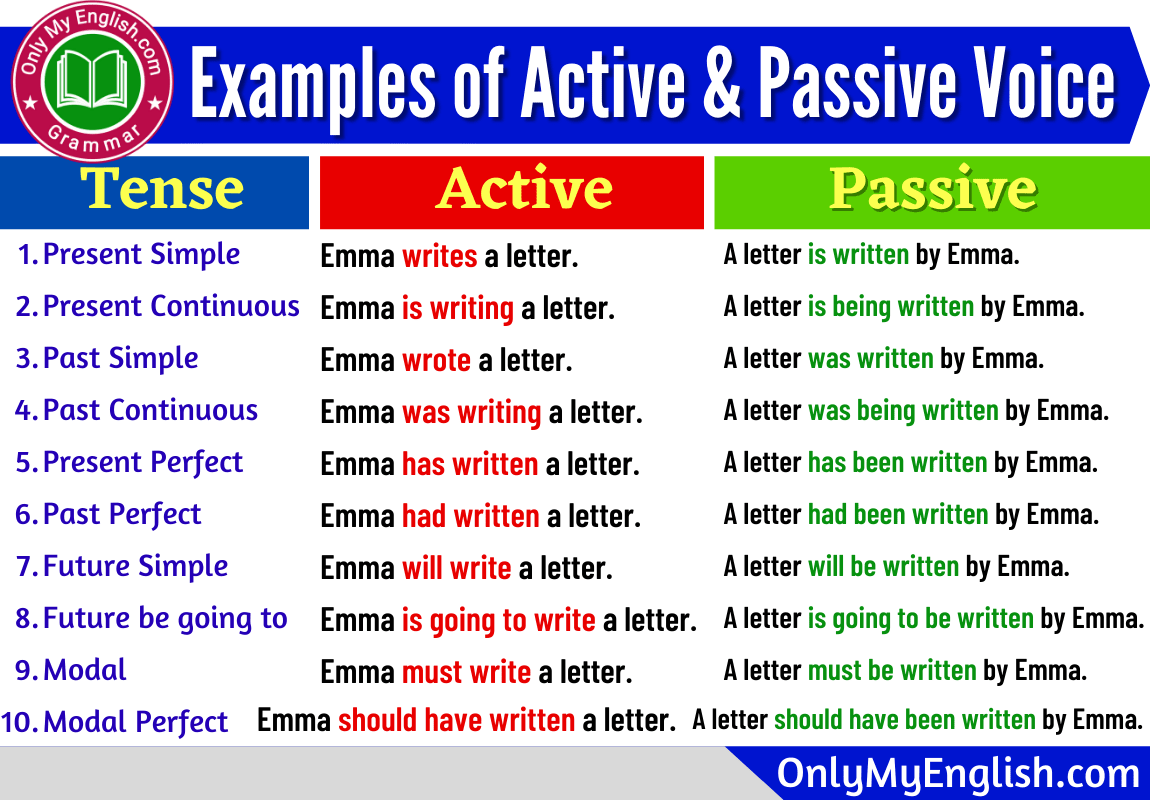When it comes to writing, choosing between active verbs and passive voice can significantly impact the clarity and effectiveness of your message. Understanding the differences between the two can help you communicate more efficiently and engage your readers. In this article, we will explore the distinctions between active and passive sentences, providing examples to illustrate their differences.
Active verbs are often preferred in writing because they make sentences more dynamic and direct. In an active sentence, the subject performs the action of the verb, making the statement more engaging and easier to follow. On the other hand, passive voice can sometimes be less clear and lead to a more convoluted sentence structure. By recognizing when to use each form, you can enhance the quality of your writing and convey your ideas more effectively.
Active Verbs vs Passive Examples
One of the key differences between active verbs and passive voice is the emphasis on the subject and object of the sentence. In active sentences, the subject is the doer of the action, while in passive voice, the subject is the receiver of the action. For example, consider the following sentences:
Active: The chef prepared a delicious meal.
Passive: A delicious meal was prepared by the chef.
In the active sentence, the chef is the subject performing the action of preparing the meal. In the passive sentence, the meal becomes the subject, and the chef is shifted to the end of the sentence. This shift in focus can change the tone and impact of the sentence, affecting how the information is perceived by the reader.
Another factor to consider when choosing between active and passive voice is the level of clarity and conciseness in your writing. Active sentences are often more straightforward and direct, making them easier to understand. Passive constructions can sometimes be vague or ambiguous, leading to confusion for the reader. By using active verbs, you can make your writing more engaging and impactful, capturing the reader’s attention more effectively.
Overall, the choice between active verbs and passive voice depends on the context and purpose of your writing. While passive voice can be useful in certain situations, such as when the focus is on the object rather than the subject, active verbs are generally preferred for their clarity and directness. By understanding the differences between the two and practicing their use, you can improve the quality of your writing and create more engaging content for your audience.
In conclusion, active verbs and passive voice play a crucial role in shaping the effectiveness of your writing. By being mindful of when to use each form and practicing their application, you can enhance the clarity and impact of your message. Experiment with both active and passive constructions to see how they influence the tone and readability of your writing, and strive to incorporate active verbs to make your sentences more dynamic and engaging.
